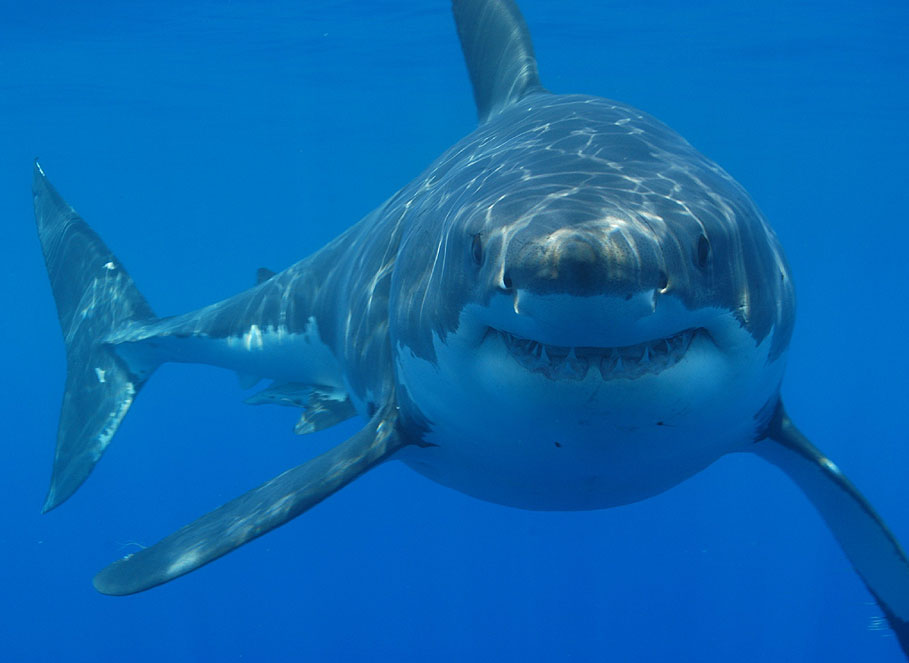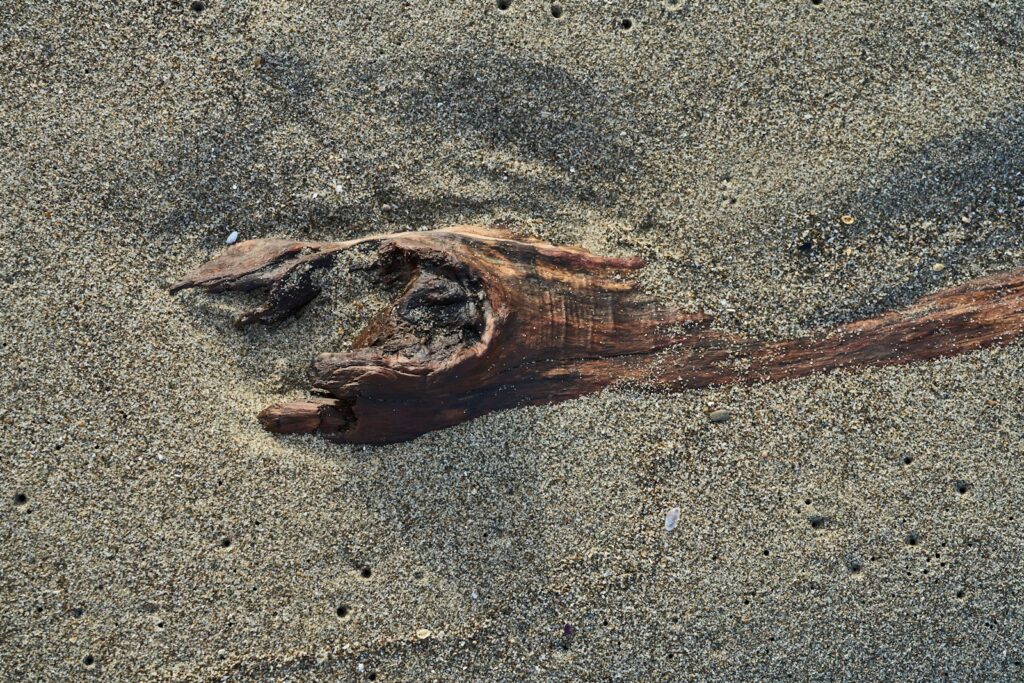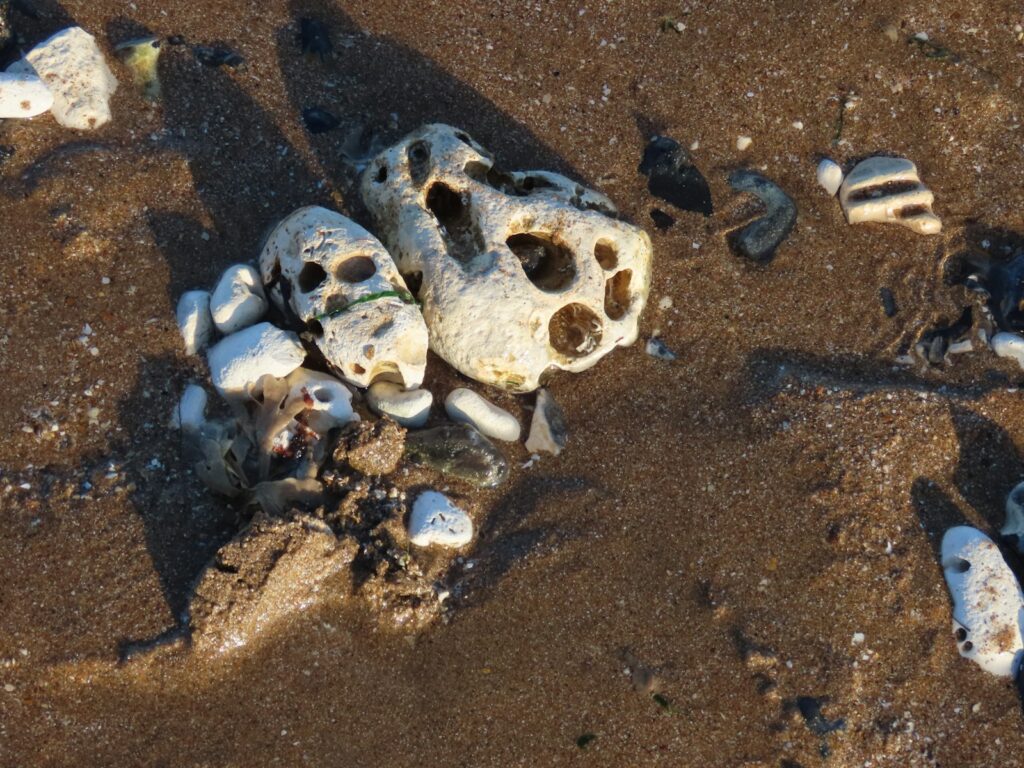When T. rex roamed the Earth 66 million years ago, another predator was already ancient beyond imagination. Sharks had been perfecting their craft for over 400 million years before the first dinosaur ever drew breath. While countless species have vanished into the fossil record, these living relics continue to patrol our oceans today, carrying secrets of survival that make them perhaps the most successful predators in Earth’s history.
The Ultimate Time Travelers
Sharks existed long before trees covered the land, before insects took flight, and certainly before any four-legged creature dared to venture onto dry ground. These remarkable creatures have witnessed the rise and fall of countless civilizations of life on Earth. They’ve survived at least five major mass extinction events, including the catastrophic asteroid impact that wiped out the dinosaurs.
The fossil record reveals sharks swimming in ancient seas when our planet looked nothing like it does today. Their journey through time spans an almost incomprehensible 450 million years, making them older than Saturn’s rings and nearly as old as complex life itself. This incredible timeline positions sharks as perhaps the most successful long-term survivors in animal history.
Ancient Oceans and Prehistoric Predators

During the Devonian period, often called the “Age of Fishes,” sharks ruled primordial seas alongside bizarre armored fish and early tetrapods. The oceans teemed with life forms that would seem alien to us today, yet sharks thrived in these ancient waters. Their early dominance wasn’t accidental – it was the result of evolutionary innovations that would prove timeless.
Some prehistoric shark species grew to enormous sizes, like the legendary Megalodon, which could reach lengths of 60 feet or more. These ancient giants shared the seas with marine reptiles like plesiosaurs and ichthyosaurs, creating an underwater ecosystem far more diverse and dangerous than anything we see today. Yet even as these contemporaries vanished, sharks adapted and persevered.
The Perfect Predator Design
Evolution rarely achieves perfection, but sharks come remarkably close. Their streamlined bodies represent millions of years of refinement, creating a form so efficient that it has remained virtually unchanged for hundreds of millions of years. This design isn’t just about speed – it’s about energy efficiency, maneuverability, and predatory precision.
A shark’s body is a masterpiece of hydrodynamic engineering. Their skin, covered in tiny tooth-like scales called denticles, reduces drag and turbulence as they move through water. This natural technology is so effective that modern swimsuits and ship hulls now incorporate similar designs. The shark’s torpedo-shaped body minimizes resistance while maximizing thrust from their powerful tail fin.
Sensory Superpowers That Defy Time
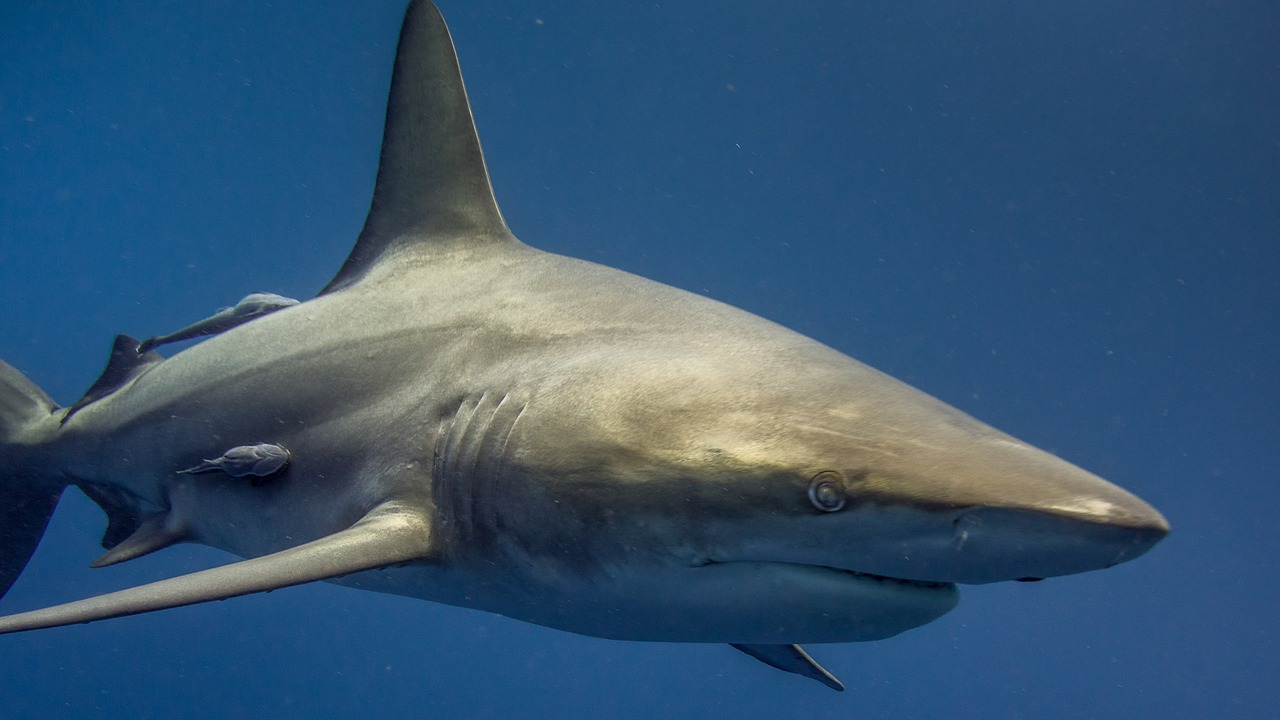
Sharks possess sensory abilities that seem almost supernatural, allowing them to detect the faintest traces of life in vast ocean expanses. Their sense of smell is so acute that they can detect a single drop of blood in an Olympic-sized swimming pool. This incredible sensitivity has remained largely unchanged since the dinosaur era, proving its effectiveness across geological time.
Perhaps most fascinating is their ability to sense electrical fields generated by living creatures. Through specialized organs called ampullae of Lorenzini, sharks can detect the minute electrical signals produced by a fish’s gills or a human’s heartbeat. This “sixth sense” allows them to hunt in complete darkness and find prey buried in sand – a capability that has given them an edge for hundreds of millions of years.
Flexible Skeletons and Evolutionary Advantages
Unlike most fish, sharks have skeletons made entirely of cartilage rather than bone. This seemingly simple difference has provided tremendous advantages throughout their evolutionary history. Cartilage is lighter than bone, allowing sharks to be more buoyant and agile in water without the need for a swim bladder like bony fish.
The flexibility of cartilage also makes sharks incredibly resilient to injury. While a broken bone might doom another animal, a shark’s cartilaginous skeleton can bend and flex without breaking. This durability has undoubtedly contributed to their survival through countless environmental changes and predator encounters over millions of years.
Teeth That Never Stop Growing
A shark’s teeth are perhaps their most iconic feature, and for good reason. These aren’t just tools for killing – they’re renewable resources that provide a constant advantage in the struggle for survival. Most sharks shed thousands of teeth throughout their lifetime, with new ones continuously growing to replace those that are lost or worn down.
Different shark species have evolved teeth perfectly suited to their hunting strategies. Great whites have serrated, triangular teeth for slicing through flesh, while tiger sharks have curved, multi-cusped teeth that can grip and tear almost anything. This dental diversity allows different shark species to exploit various food sources, reducing competition and increasing their collective survival chances.
Masters of Ocean Adaptation
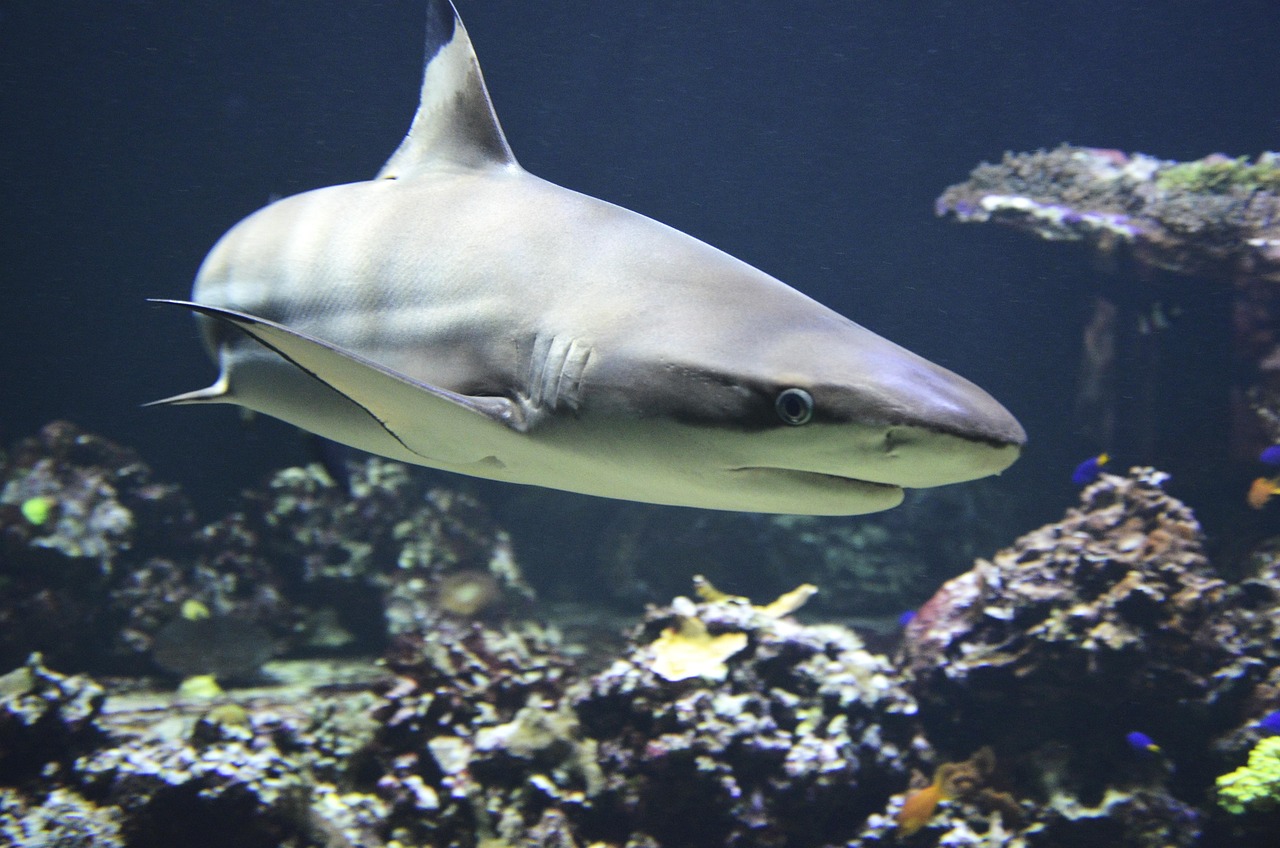
Sharks have conquered virtually every marine environment on Earth, from shallow coral reefs to the deepest ocean trenches. This incredible adaptability has been key to their long-term survival. When climate change or geological events altered ocean conditions, sharks simply moved to new habitats or evolved new capabilities.
Some species, like the Greenland shark, have adapted to frigid Arctic waters and can live for over 400 years. Others, like the bull shark, can even survive in freshwater rivers and lakes. This environmental flexibility means that when one habitat becomes uninhabitable, sharks can relocate rather than face extinction.
Reproduction Strategies Across Millennia
Sharks have evolved diverse reproductive strategies that have served them well through countless environmental changes. Unlike many fish that release thousands of eggs into the water and hope for the best, sharks invest heavily in fewer, more developed offspring. This approach increases the survival rate of each individual young shark.
Some species give birth to live young, while others lay eggs in protective cases. Certain shark species even practice intrauterine cannibalism, where the strongest embryos consume their siblings in the womb. While this might seem harsh, it ensures that only the most robust individuals survive to face the challenges of ocean life.
Chemical Secrets of Longevity
Recent research has revealed that sharks possess remarkable resistance to cancer and other diseases that plague most animals. Their cartilaginous skeletons contain compounds that appear to inhibit tumor growth, while their immune systems show extraordinary efficiency. These biological advantages may help explain their incredible longevity as a group.
Scientists are now studying shark biology to understand how these creatures maintain such robust health throughout their lives. Some species, like the aforementioned Greenland shark, show virtually no signs of aging even after centuries of life. This research could unlock secrets about longevity that benefit not just our understanding of evolution, but potentially human medicine as well.
Climate Change Survivors
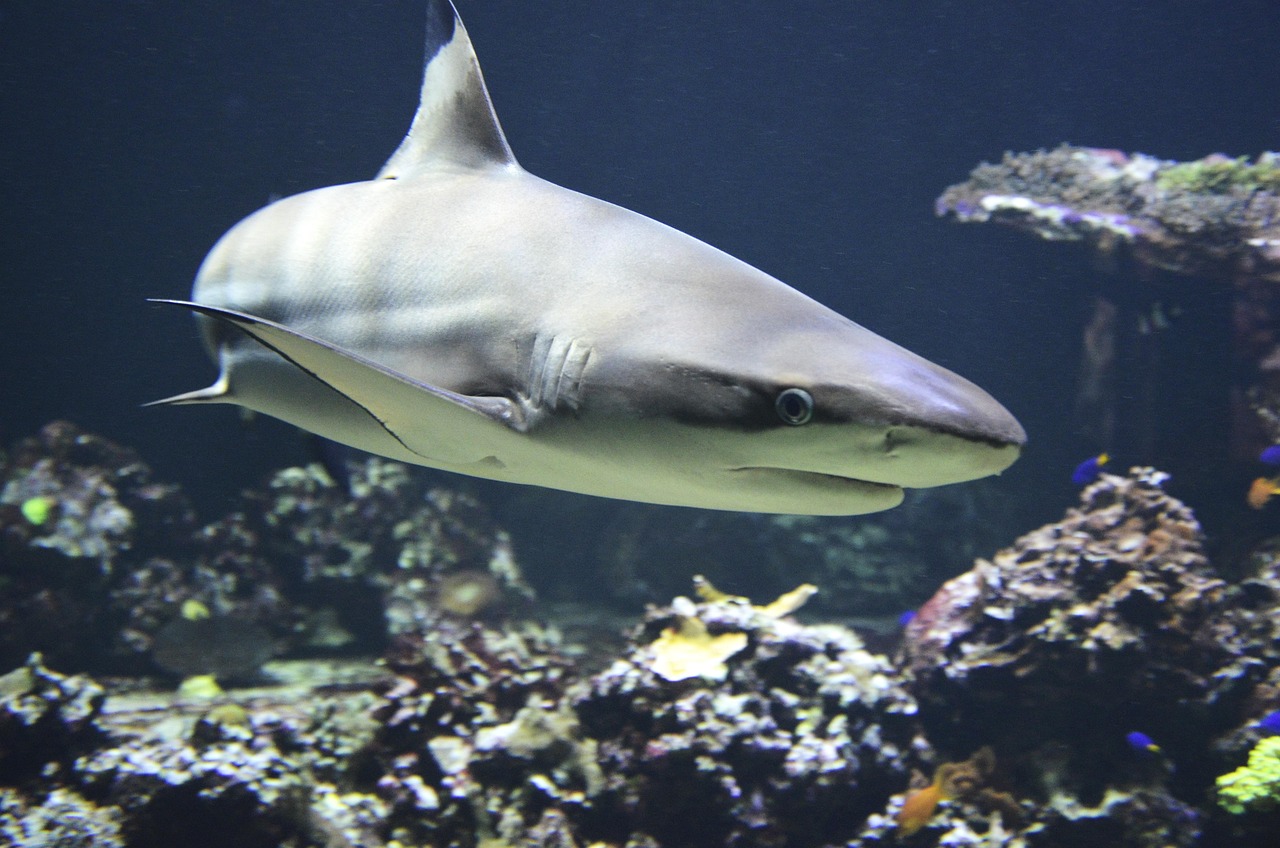
Throughout Earth’s history, sharks have survived dramatic climate shifts that eliminated countless other species. They’ve endured ice ages, global warming events, and massive changes in ocean chemistry. Their ability to adapt to changing conditions has been tested repeatedly over hundreds of millions of years, and they’ve passed every test.
During the Permian-Triassic extinction event, often called the “Great Dying,” sharks managed to survive when 96% of marine species perished. Their survival during this catastrophic event demonstrates an almost supernatural resilience to environmental change. This track record suggests that sharks possess biological and behavioral adaptations that we’re only beginning to understand.
Lessons from Living Fossils
Sharks represent more than just successful predators – they’re living laboratories that demonstrate the power of evolutionary refinement. Their success story teaches us that sometimes the best strategy for long-term survival isn’t constant change, but rather perfecting a winning formula. The shark body plan has remained largely unchanged because it works so well.
Modern conservation efforts can learn valuable lessons from shark survival strategies. Their emphasis on producing fewer, more viable offspring rather than countless vulnerable young suggests that quality often trumps quantity in survival scenarios. Their ability to occupy diverse ecological niches shows the importance of adaptability and avoiding over-specialization.
The Dinosaur Connection
While dinosaurs dominated the land for about 165 million years, sharks had already been perfecting their oceanic reign for over 200 million years before the first dinosaur appeared. When the asteroid impact ended the age of dinosaurs, sharks were among the survivors that continued their ancient lineage. This comparison highlights just how remarkable their survival story truly is.
The extinction event that killed the dinosaurs also eliminated many marine species, including large marine reptiles that had been sharks’ contemporaries. Yet sharks not only survived but eventually thrived in the post-dinosaur world. Their ability to weather such catastrophic changes demonstrates survival strategies that transcend any single environmental crisis.
Modern Threats and Ancient Wisdom
Despite their incredible survival record, sharks now face unprecedented challenges from human activities. Overfishing, habitat destruction, and pollution threaten many species faster than they can adapt. Ironically, the very traits that made sharks successful for millions of years – slow growth, late maturity, and low reproductive rates – now make them vulnerable to human exploitation.
However, their ancient wisdom still offers hope. Sharks have survived worse catastrophes than anything humans have created so far. Their resilience, adaptability, and evolutionary flexibility suggest that given proper protection and time, these remarkable creatures could once again demonstrate their mastery of survival. The question isn’t whether sharks can survive – it’s whether we’ll give them the chance to do so.
Conclusion: The Eternal Predators

Sharks embody the ultimate success story of survival against impossible odds. They’ve witnessed the birth and death of countless species, survived mass extinctions that wiped out most life on Earth, and adapted to environmental changes that would doom less resilient creatures. Their 450-million-year journey through time offers profound insights into the nature of survival itself.
These ancient predators teach us that true survival isn’t about being the biggest, fastest, or strongest – it’s about being perfectly adapted to your environment and flexible enough to change when that environment shifts. Their story reminds us that sometimes the most successful strategy is the one that has already proven itself across the vast scales of geological time.
As we face our own environmental challenges, perhaps we should look to these living relics for inspiration. After all, when the last human civilization has crumbled to dust, will sharks still be patrolling the oceans as they have for hundreds of millions of years? What secrets of survival are we still missing from these masters of adaptation?

